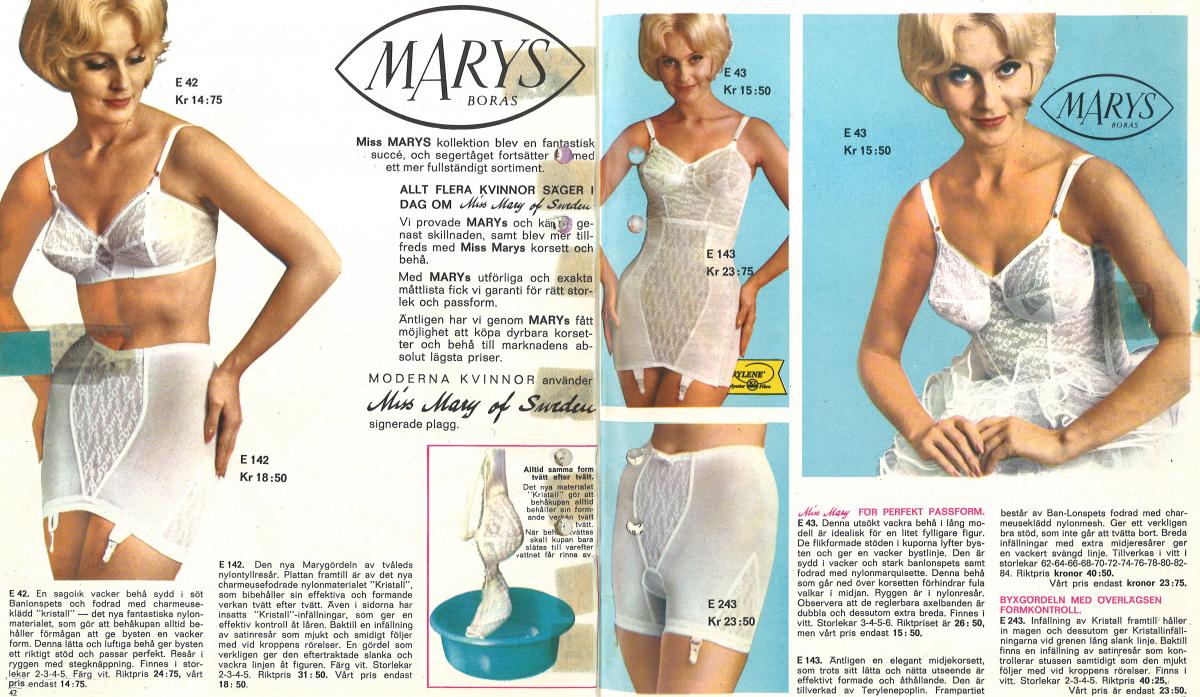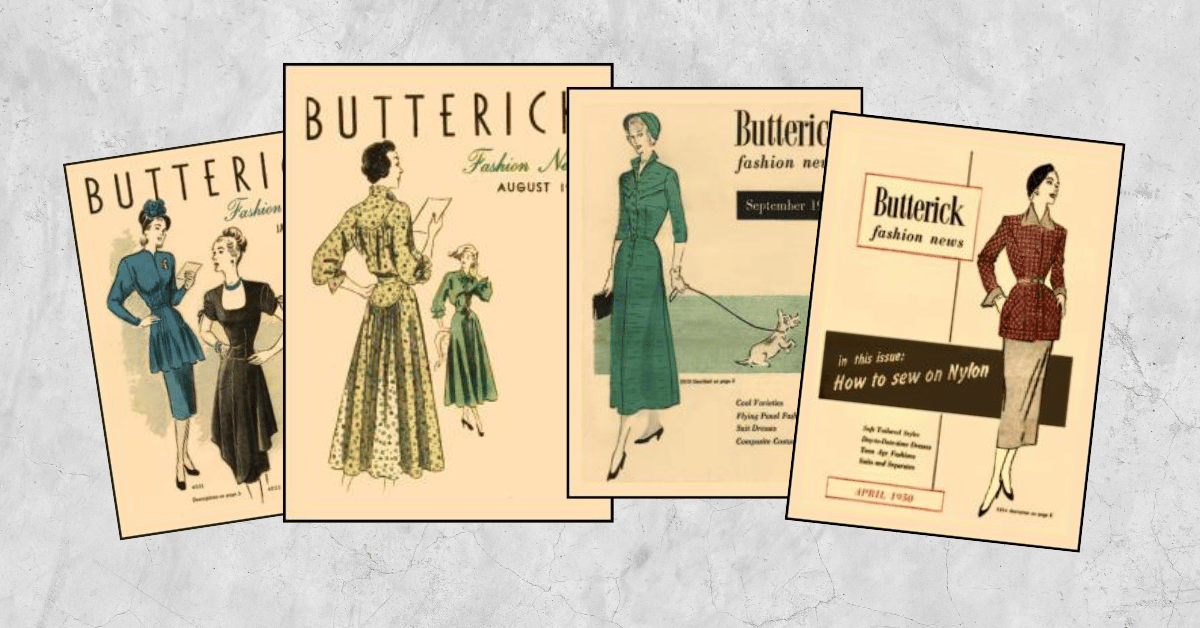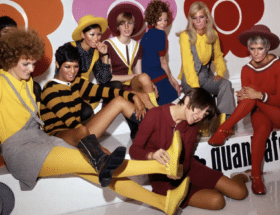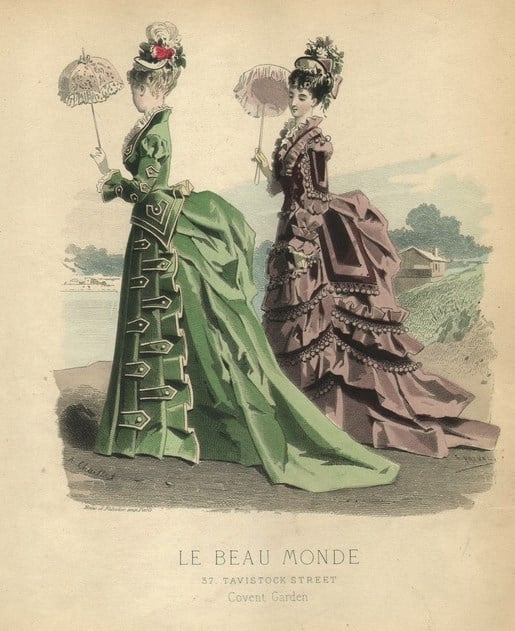By Pauline Weston Thomas for Fashion-Era.com
Vogue Reports the First Brassiere 1907
Bra history began as far back as Cretan times, but 1907, was the year when the word brassiere was first reported in an American copy of Vogue. The original French meaning was support, but the word was out of use and the French chose to call a bra soutien-gorge. Cretan women wore bras thousands of years ago. In England bust improvers were available in the Edwardian period. By 1905 BBs as they were known were usual wear.
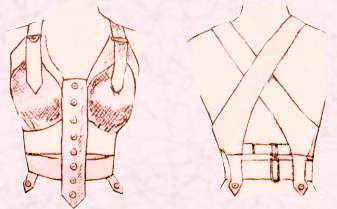
This is the early supposedly healthier Reform Bodice bra with mesh net cups that gave virtually no support
Early Brassières Pre 1915
Most of the major designers of the era have tried to lay claim to designing the first bra. Poiret probably had the strongest claim.

What is certain, is that all the designers promoted a simple breast retaining garment as better for the newer simple straight dress styles.
In the costume history of bras these early bras were similar to camisoles tops of the 1980s and 1990s. Initially at the turn of the 20th century even the word camisole was used too, but replaced by 'Bust Bodice' by 1905.
In her bra history book 'Bras', Rosemary Hawthorne tells of her collection of brassières and of one that is stamped ' Brassiere. Model 441, British Made ', then of another 2-3 years older marked 'LA CYBELE' (No 18 British Made)'. By 1915 the magazine 'The Lady' recorded pretty bust bodices or brassieres as essential wear. Rosemary Hawthorne's bra history book is very informative and she often describes genuine examples of bras, corsets and girdles she has collected or has had donated to her.
Mary Phelps-Jacobs's Patented Bra 1914
Bra fashion history truly began with the first bra to be patented. The first bra was patented in 1914 by Mary Phelps-Jacobs an American.
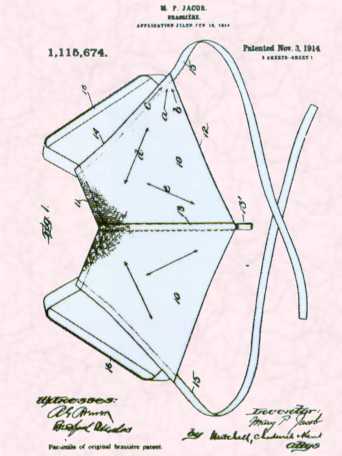
It is not thought to be the first bra ever, but it is the first patented record and that gives her the credit.
Mary Phelps-Jacobs patented her bra design under the patent name of Caresse Crosby. Some suggest it was her French maid who provided the idea or the stitching help. Two silk handkerchiefs were tied together, baby ribbon sewn on to make straps and a seam set in the centre front.
Phelps Jacobs couldn't get much interest for her idea and sales were minimal, so for $1500 she sold the rights to Warners...and a few years later just change that fifteen hundred patent valuation for fifteen million dollars... Warners have been involved in bra production ever since. Within a year, breasts were measured in inches rather than being categorized small, medium or large.
The Symington Side Lacer
After 1918 fashion bras were simply lace fabric bands with straps. The boyish figures needed for styles by designers like Chanel didn't need upholstered corsets.
The best bra to get the right effect was called the Symington Side Lacer, a reinforced bust bodice. Side lacing meant that it flattened the bust when laced tightly. Soon the word brassière was abandoned for bra and ever since in fashion history we have referred to the bra.
Latex to Dunlop's
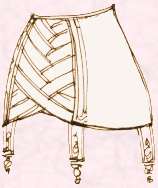
Lastex to Elastic
Although rubber had been around some time it needed to be transformed into a textile fabric for use in clothing. By the thirties bra history was to change forever when Dunlop chemists were able to transform latex into reliable elastic thread in all sorts of dimensions. The yarn was knitted or woven and eventually made into washable Lastex fabric.
Lastex was revolutionary. Heavy boning and lacing were soon replaced in corsetry by Lastex. Figure control was soon under elastic fabric panels. A longline girdle called the ' Gossard Complete ' was a boneless firm foundation garment worn with backless evening dresses of the 1930s. It was advertised as not requiring the help of maids as it fastened with side hooks and bars.
One all rubber garment that women over 50 can always recall is the rubber Playtex girdle of the late 1950s early 1960s. It left an imprint of tiny spots all over the buttocks. The spots were from the evaporation holes in the girdle rubber. Yes, it was totally rubber. Cream rubber. Think of a very thick rubber glove or windsurf suit with pinhead size holes. After wearing the girdle for an hour the buttocks appeared to have developed a rash akin to German measles.
A neater everyday girdle commonly called a roll-on was a directional stretch garment much the shape and size of a pair of waist high panty briefs, but sometimes with legs that covered the thighs. It was worn up until the 1960s in place of a suspender belt. It gave tummy control and held up stockings. It's interesting to see that lots of ladies panties now have in built Lycra that performs in a similar way when wearing slim skirts or trousers.
Perhaps if tights had not been invented the roll on would never have gone away. But tights themselves have helped reintroduce a modern version of support with control panels built into this disposal item. Silkies in UK sell pantyhose which lifts and slims the thighs and rear and performs many of the functions women expected from older style roll ons.
Bras after 1930
After 1930 all the names we know well in lingerie and corsetry today began manufacturing bras with quite separate cups. They used quality cotton lace and net.
One famous bra designed in the 1930s was the Kestos bra and later the Kestos Utility Bra shown right. Its simple seaming looks classy and could be effective today.
Warners Introduce Cup Sizing 1935
Bra history took on a new dimension when in 1935, Warners introduced four cup sizes called A, B, C and D, but it was well into the 1950s before Britain followed this American standard. The British corset manufacturers were still using coy descriptions like junior and medium to describe breast fullness.
Bosoms were dethroned and separate breasts were really acknowledged.
Utility Bras 1940s
Fashion history is always affected by material shortages during and immediately after wars. In the war era after 1940, bras were made from minimal fabric when they bore the Utility mark. Utility bras were serviceable bras using broche, a cotton backed satin or drill and often peach pink in colour. Supplies were very limited and were best ordered. Twilfit manufactured utility bras and Twilfit were a household name for roll-ons and bras in the 1950s.
Women also made their own bras from paper patterns or magazine guidelines for making bra and French knicker sets. The fabric they used was sometimes parachute silk, parachute nylon or old satin wedding dresses. Once the 1950s arrived changes in textile technology saw new developments in all underwear items, but particularly in the costume history of bras.
